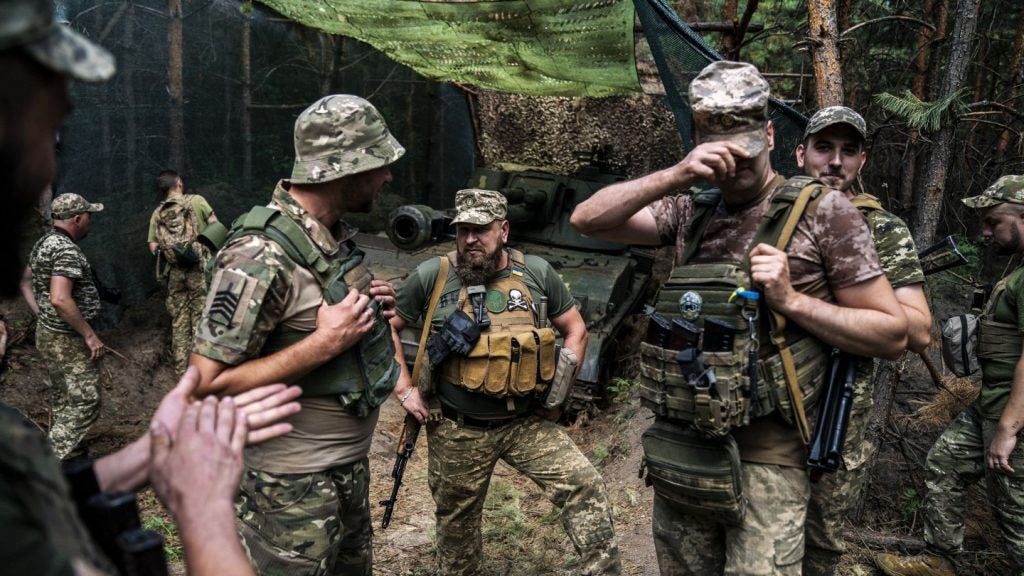
The UK Royal Navy is set to decommission all seven of its Wildcat HMA 2 helicopters from its 700(W) Naval Air Squadron (NAS) this week, marking the end of their four-year service.
After the decommissioning of the navy’s Lynx helicopter fleet, the 700(W) NAS will also be removed and transformed into 825 NAS and will be tasked with training both aircrew and engineers, while carrying out the first deployable Wildcat flights.
700W NAS commanding officer commander Simon Collins said: "To get all 7 Squadron aircraft airborne at the same time is a huge achievement for both my engineers and aircrew.
"To fly in the lead aircraft was a particular highlight for me and marks the end of a very enjoyable and rewarding 12 months in command of 700(W) NAS. [It is] a fitting way for the squadron to decommission on 30 July and then reform on 1 August as 825 Naval Air Squadron."
The Royal Navy is currently carrying out the transition from Lynx to Wildcat, with all force constituents setting up at a single location at RNAS Yeovilton in 2016.
Furthermore, the Lynx helicopter fleet will be replaced with AgustaWestland’s Wildcat HMA Mk2 helicopters. Of the overall 62 aircraft on order, 33 have already been delivered, including 12 for the navy and 21 for the army.
Capable of operating in all weather conditions, the lightweight, versatile Wildcat HMA Mk2 helicopters are claimed to offer enhanced military capability for maritime, littoral and land manoeuvres, as well as force protection and maritime strike.
Image: Wildcats in the air prior to their decommissioning at Royal Naval Air Station (RNAS) Yeovilton. Photo: courtesy of Lee Howard.








